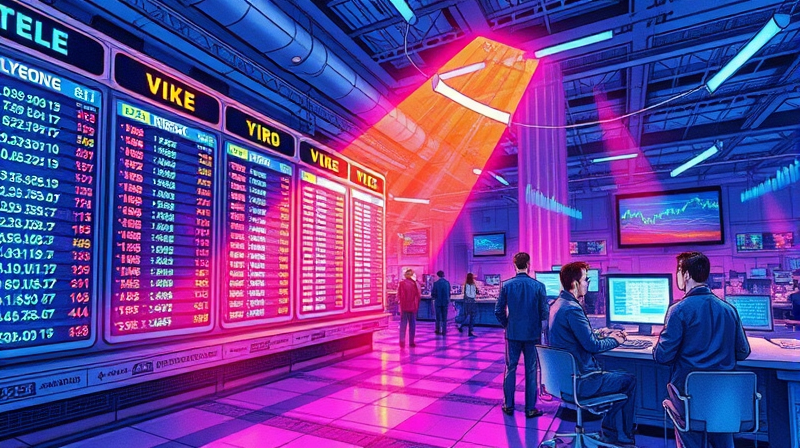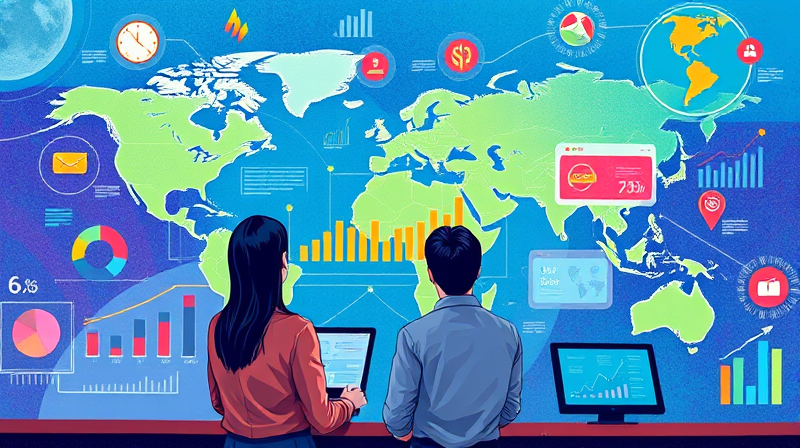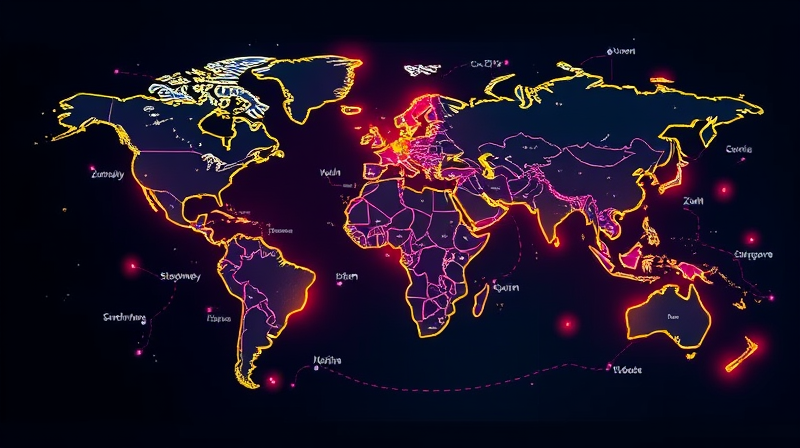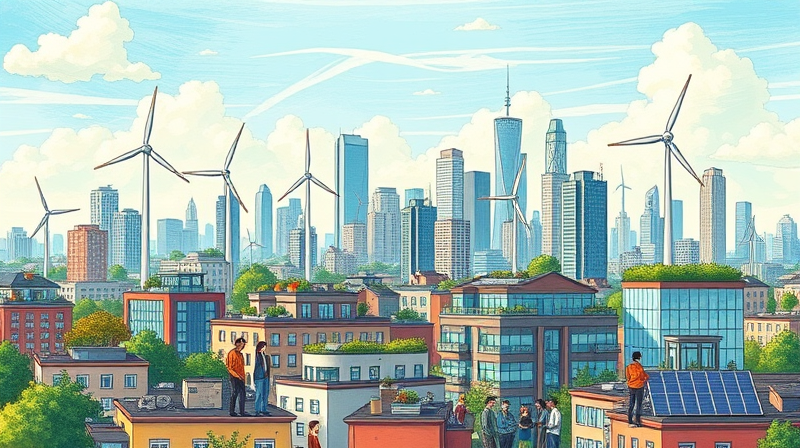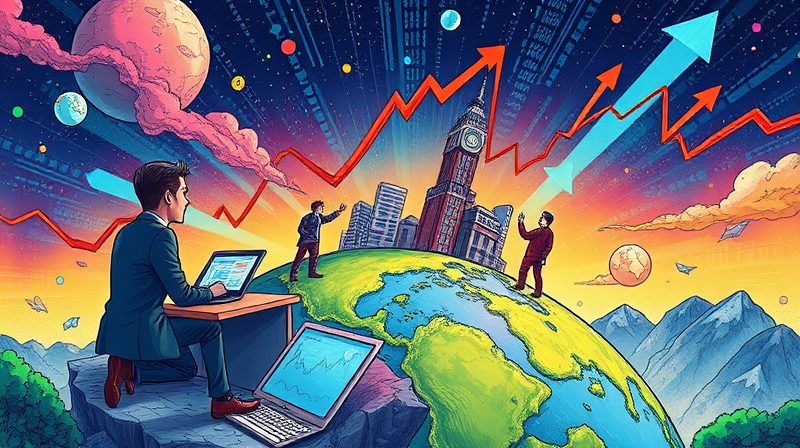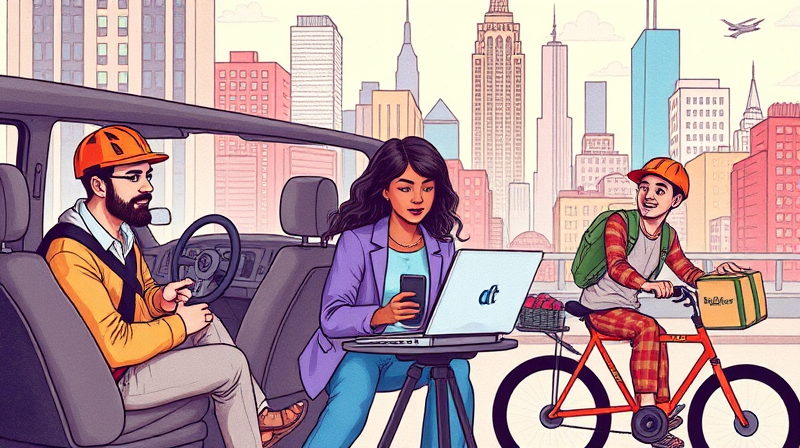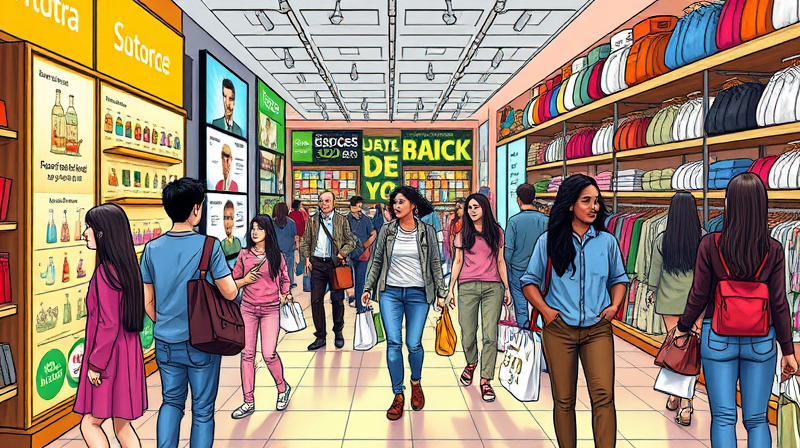
As we move into mid-2025, the retail landscape is evolving at an unprecedented pace. From soaring global sales projections to the nuanced whims of individual consumers, businesses face both challenges and opportunities. This deep dive explores the latest numbers, unveils what shoppers are buying, and offers actionable insights for retailers aiming to thrive in this dynamic environment.
In 2025, the global retail industry is projected to reach a staggering $35.2 trillion, growing at a 7.65% CAGR. U.S. retail sales alone are forecast at $5.42–$5.48 trillion, aligning with pre-pandemic growth rates and underscoring the sector’s resilience.
Remarkably, the U.S. boasts more than $6 trillion in annual retail sales across approximately 4.6 million establishments, making it the world’s largest single-country market. Retail employs around 55 million Americans, solidifying its status as the nation’s largest private-sector employer. Contributions to U.S. GDP hover near $5.3 trillion, emphasizing the sector’s economic significance.
These figures paint a picture of robust growth, but they also mask the granular shifts shaping consumer choices and retail strategies worldwide.
Digital sales continue to surge, with global ecommerce hitting $6.86 trillion in 2025, representing 20% of total retail. In the U.S., 21% of purchases occur online, and daily spend averages $3.723 billion.
Online shopper numbers in the U.S. are climbing from 273.49 million in 2024 to an estimated 288.45 million in 2025. About 80.4% of Americans now shop online, and 34% do so weekly. Non-store and online sales are expected to grow 7–9%, reaching $1.57–$1.6 trillion.
Key drivers of this digital upswing include seamless mobile experiences, frictionless checkout processes, and the rise of “invisible commerce,” where technology meets consumers wherever they are. Retailers leveraging social commerce and AI-driven personalization are capturing more market share and fostering stronger customer engagement.
Shoppers in 2025 are more discerning and budget-conscious than ever. With persistent inflation biting into wallets, approximately 40% of consumers have shifted toward private labels or generics. A striking 78% are consolidating spending, hunting for the best deals, and reducing overall shopping frequency.
Despite the emphasis on cost savings, consumers still crave convenience. Same-day delivery, buy online/pickup in-store, and no-hassle returns have transitioned from luxury perks to baseline expectations.
The retail categories capturing the spotlight reflect both economic realities and lifestyle trends:
Retailers are deploying a mix of technology, strategy, and creativity to stay ahead:
By balancing innovation with empathy, retailers can create lasting connections and foster loyalty even amid fierce competition.
As 2025 progresses, several overarching themes are set to redefine the retail experience:
First, shopper minimalism is on the rise. Consumers are cutting down on non-essential purchases, focusing instead on high-quality, high-value items that deliver lasting satisfaction.
Second, community-driven retail—local markets, neighborhood shops, and curated pop-ups—cultivates meaningful relationships. Shoppers gravitate toward brands that reflect their values and contribute to local economies.
Third, the concept of ‘invisible commerce’ will gain traction. Retail will seamlessly integrate into daily life—whether through voice assistants, smart appliances, or augmented reality—eliminating barriers between desire and acquisition.
Mid-2025 finds the retail sector at a crossroads of innovation and adaptation. While robust projections highlight enormous growth potential, consumer behavior has undeniably shifted toward value, convenience, and ethical engagement. Retailers that listen closely, leverage cutting-edge technology, and prioritize seamless, personalized experiences will unlock new avenues for success.
The future of retail belongs to those who can marry the best of both worlds—digital and physical—to meet shoppers where they are, anticipate their needs, and deliver unforgettable experiences. By embracing the insights and strategies outlined here, businesses can not only weather headwinds but emerge stronger, more resilient, and more relevant in the hearts and minds of tomorrow’s consumers.
References






